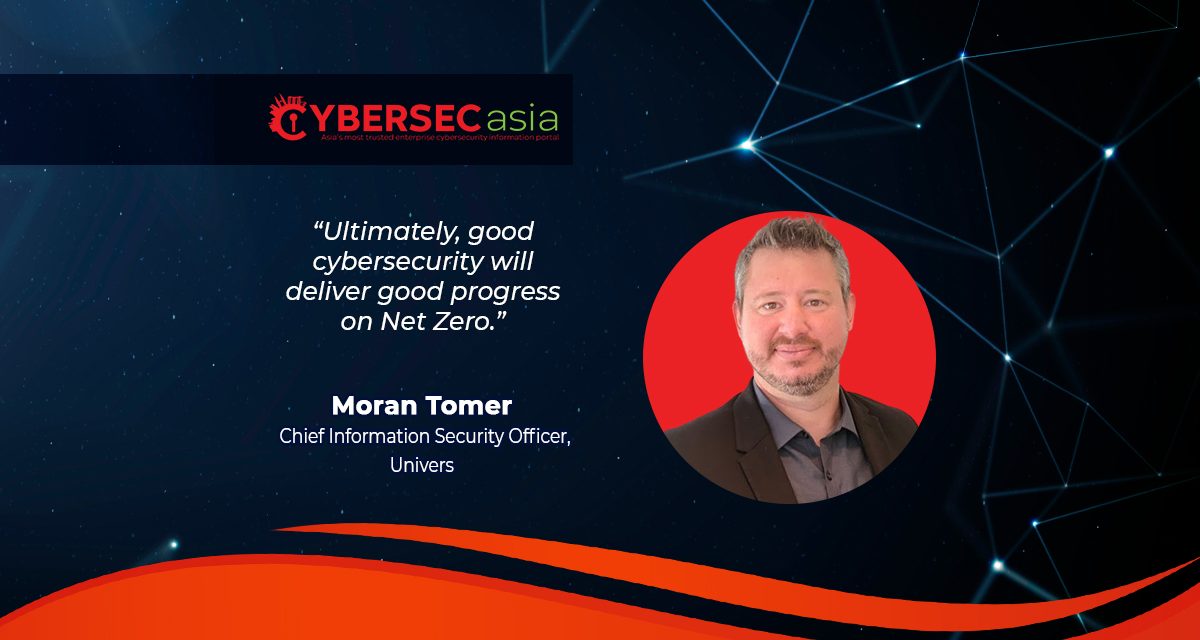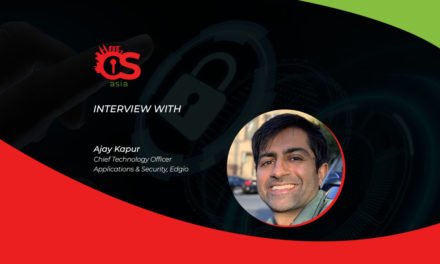As the digital energy transition accelerates, so will the risks — in an increasingly distributed infrastructure and a more sophisticated threat landscape
In the race to Net Zero, digital technologies are estimated by the World Economic Forum to help us in reducing global emissions by up to 20% by 2050.
As energy infrastructure seeks to improve efficiencies, circularity and reduce emissions — every technology from AI and advanced analytics, to smart grids and the Internet of Things, will be increasingly used.

With the proliferation of interconnected devices and distributed energy resources, new points of vulnerability and risk will surface and be exploited by bad actors. Such disruptions will increase costs, reduce efficiency, consume energy, and delay Net Zero. This means that building strong cyber defenses, and resilient digital energy infrastructure will be essential to protecting tomorrow’s energy infrastructure: to prevent attacks, and to ensure we can recover quickly from any disruptions.
We all have a role to play in protecting this new digital energy ecosystem. Cooperation should be a top priority. This means governments, industry, and solution providers coming together to ensure critical national energy infrastructure — so vital to achieving net zero — will have the necessary resilience and protections built in.
Building a resilient energy ecosystem
In the future energy infrastructure cyber disruptions will be a significant risk factor, so we must be thinking about the solutions today.
Some research point to critical infrastructure being attacked at a rate that has been tripled that of the other most frequently attacked verticals, critical manufacturing and transportation, combined.
This is why robust cybersecurity regulation and frameworks; continuous improvement to stay ahead of evolving risks; adequate resource allocation towards cybersecurity infrastructure, are all key steps to help safeguard the digital energy transition.
As the digital energy transition accelerates, so will the risks, particularly in an increasingly distributed infrastructure and a more sophisticated threat landscape.
Regulatory measures such as the North American Electric Reliability Corporation (NERC) Critical Infrastructure Protection (CIP) standards, and the EU’s Network and Information Security (NIS) Directive, are a good start. The development of international standards will be essential to navigating and protecting the decentralized and globally interconnected digital energy ecosystem of the future.
In turn, industry must actively engage in bolstering cyber resilience by implementing robust cybersecurity defenses ahead of evolving trends in the cyber threat landscape, and allocating adequate resources towards cybersecurity infrastructure.
The cyber-secure path forward
One key lynchpin of defence against cyber threats lies within any digital system’s built-in cybersecurity defenses itself. This requires a multifaceted approach, encompassing both proactive and reactive measures.
Central to this are the cybersecurity accreditations and certifications, which are key to ensuring that digital solutions are robust, resilient, and continuously updated to mitigate emerging threats and safeguard against potential cyberattacks. For instance, the adoption of the Secure Lifecycle Development Process (SSDLC) for energy solutions means that product developers are able to ensure a high level of security and resilience throughout the entire product life cycle.
To reinforce the integrity of digital solutions against cyber threats, the SOC 2 attestation, a valid third-party assessment of a firm’s controls against the five Trust Service Criteria as well as international cybersecurity standards such as ISO 27001 and IEC62443, is equally important.
In ensuring the reliability, resilience, and sustainability of our digitalized energy infrastructure, cybersecurity has emerged as a critical cornerstone. Achieving true cybersecurity resilience, however will be contingent upon collaboration and cooperation. Regular industry forums are needed to heighten awareness and education regarding cybersecurity threats and best practices. Such forums will be critical in ensuring that we remain on course in our path towards a greener future — by empowering stakeholders to safeguard critical energy infrastructure.
Ultimately, good cybersecurity will deliver good progress on Net Zero.

















